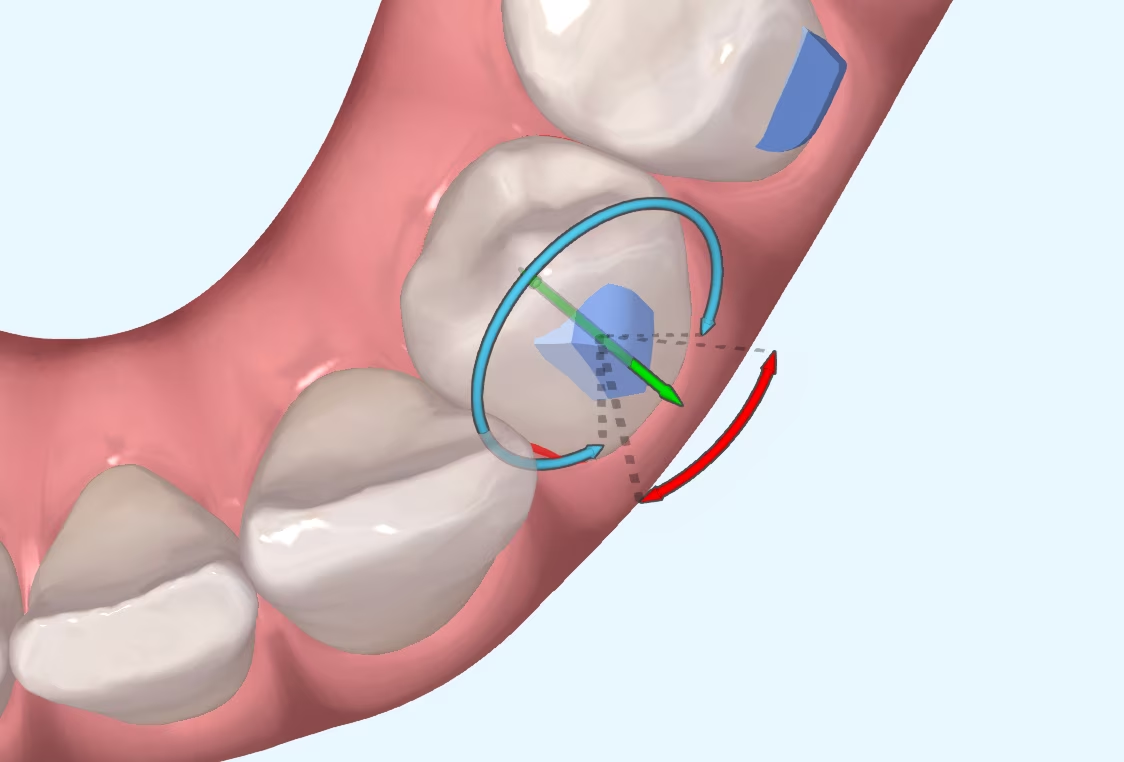
Which attachments are better for premolar rotation?
I suppose many of you are familiar with the myth of Achilles, the Greek hero who was immersed as a child in the River Styx by his mother in order to make him
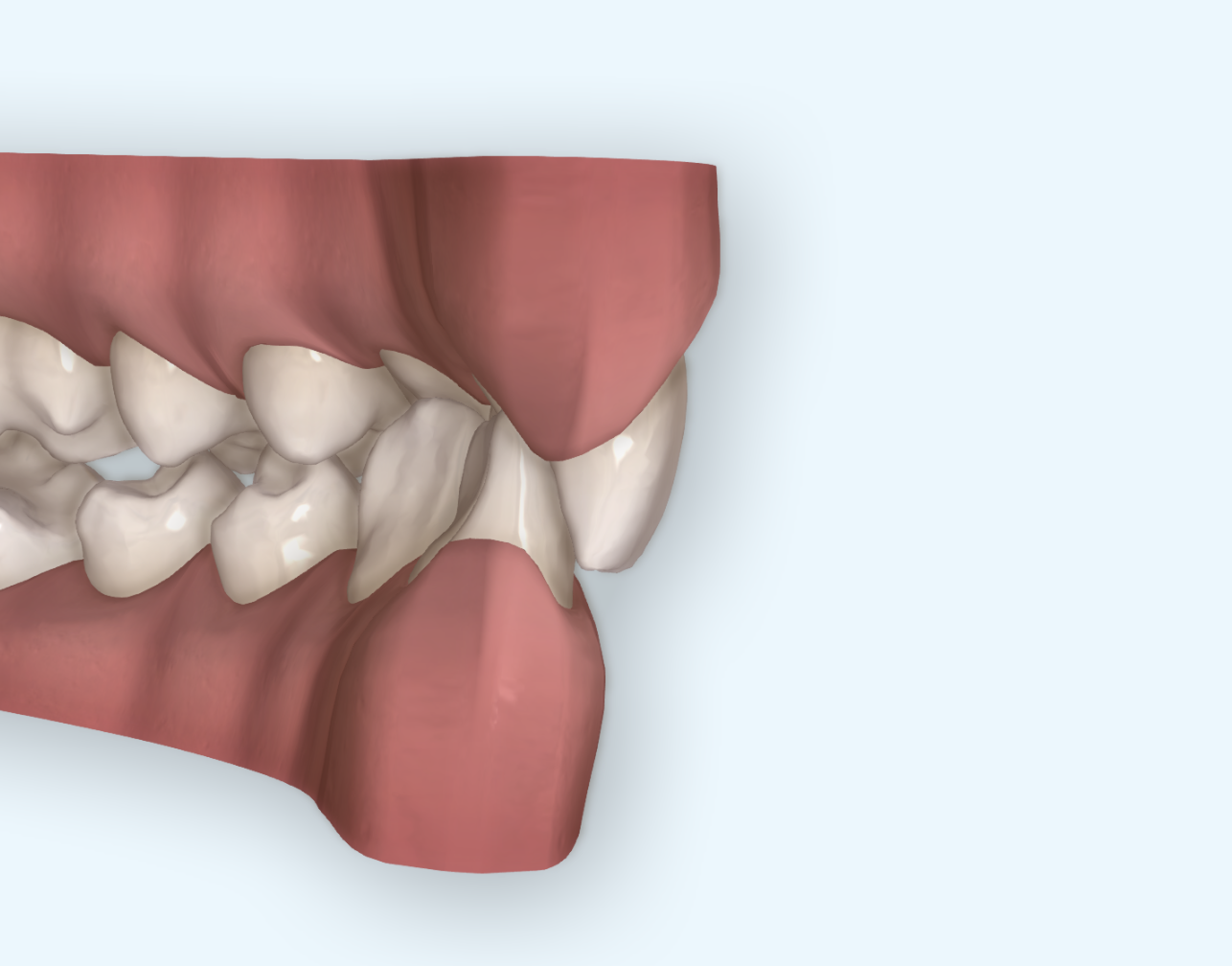
I remember when I was immersed in the world of aligners. In those first trainings, we were shown the strengths and weaknesses of invisible orthodontics. For example, a case with an open bite could be easier to resolve with aligners than with braces, thanks to the intrusion produced by the forces exerted by the patient on the aligners in the posterior area. However, these forces, which are so useful for closing bites, worked against us in cases of increased overbite.
It is not appropriate to generalise, but a large part of the patients with an enlarged overbite have high muscle tone and clench their teeth. In these patients it is easy to see how unwanted intrusion occurs. This effect is difficult to avoid, even with bite ramps, as the ramps that appear in aligners are not as effective as the ramps or stops that we place with fixed orthodontics for two reasons:
To make up for these shortcomings, we have other strategies, such as manually making the ramps and scanning the patient so that they appear manufactured in the aligners. We will leave this subject for another article.
In the first published studies on the effectiveness of aligners and brackets in correcting overbite, they found that brackets were far superior to aligners (approximately 50% more effective). Years later the performance of aligners in deep bite cases has been re-analysed and surprisingly they have found similar efficacy to brackets. It is true that there are always differences in the methodology of the studies, but it is interesting to see how, since the appearance of G5, the results have improved. The advent of bite ramps, optimised attachments and Smart Forces designed specifically for this malocclusion, together with the increased understanding of aligner biomechanics, have made it possible to treat these patients and achieve acceptable results.
In the study by Fujiyama et al. we see how the correction of overbite with brackets produces greater posterior extrusion than treatment with aligners and that, when correcting an overbite with aligners, it will be resolved mainly by anterior intrusion (1 mm of intrusion of upper incisors and 2 mm of intrusion in lower incisors). Depending on the vertical dimension of the patient, the extrusion produced with fixed orthodontic treatment may or may not be favourable, as it will increase the vertical dimension and, in adult patients, this may cause mandibular posterorsion. With aligners we will have a better
control of the vertical dimension, but we will be very limited if we want to achieve correction of the overbite with posterior extrusion.
However, there are a number of other independent factors to the aligner system, which are of vital importance to understand the degree of difficulty of the overbite to be treated:
At the same overbite value, each case will present a different complexity, which is why we cannot be guided solely by the numerical diagnosis. It is advisable to analyse the patient's clinical conditions in detail and determine the viability of the case with invisible orthodontics on the basis of these conditions. Once the complexity of the malocclusion has been discerned, we can decide whether auxiliary tools, such as micro-screws, are necessary or whether aligners are sufficient to resolve the overbite.
Krieger E et al. Invisalign treatment in the anterior region: were the predicted tooth movements achieved? J Orofac Orthop 2012;73:365-76.
Fujiyama K et al. Comparison of clinical outcomes between Invisalign and conventional fixed appliance therapies in adult patients with severe deep overbite treated with nonextraction. Am J Orthod Dentofacial Orthop 2022;161:542-7.

I suppose many of you are familiar with the myth of Achilles, the Greek hero who was immersed as a child in the River Styx by his mother in order to make him
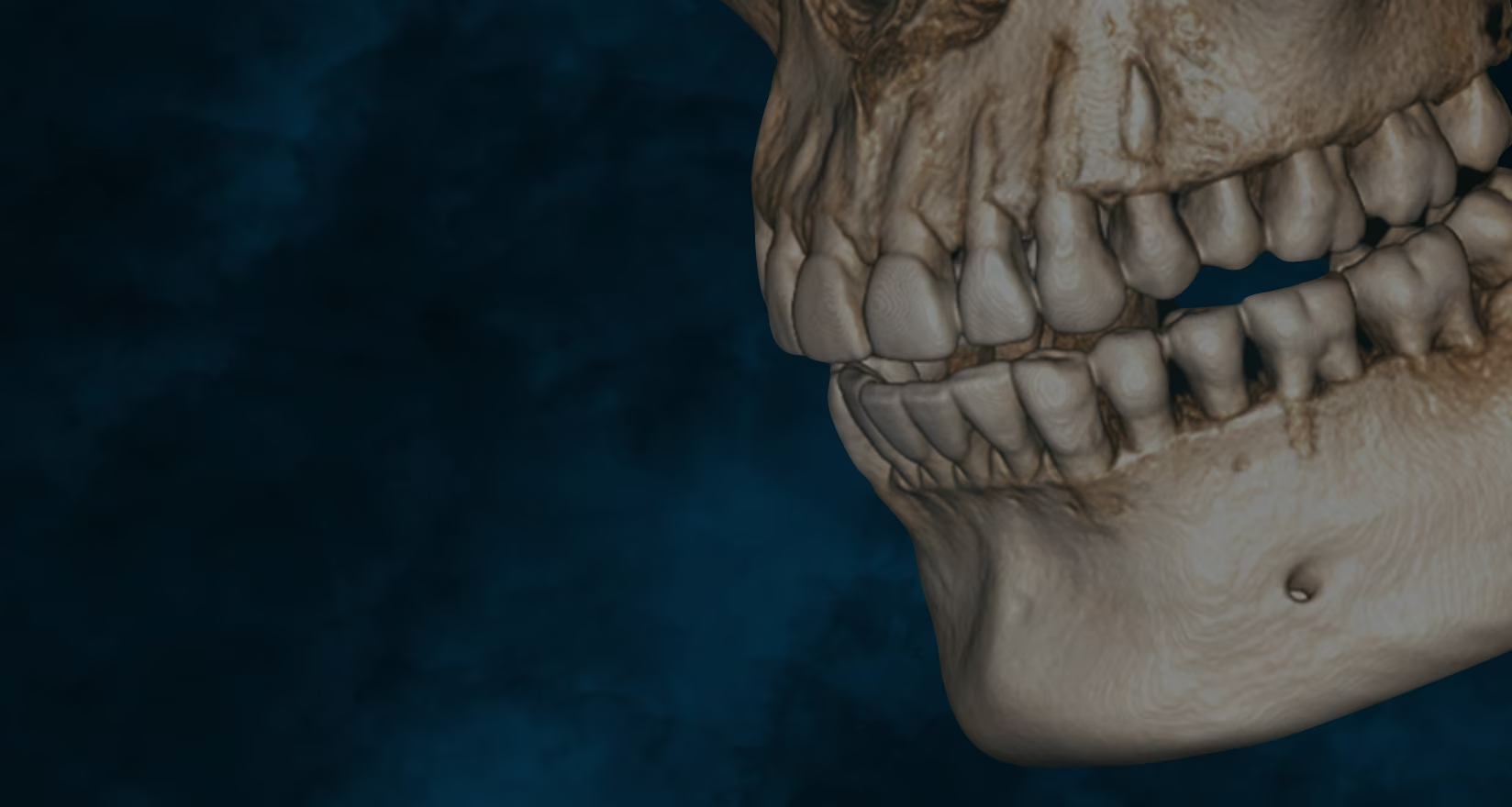
What is CBCT? CBCT is a medical imaging technique that uses a special type of computed tomography (CT) scan to obtain three-dimensional images.

Challenges of Overbite In the more than 20 years that we have been working with invisible orthodontics, we have gone from considering some malocclusions "impossible" to daring to

It is not a question to make us feel guilty. It is only a question that invites us to reflect, to think about the impact we can have in
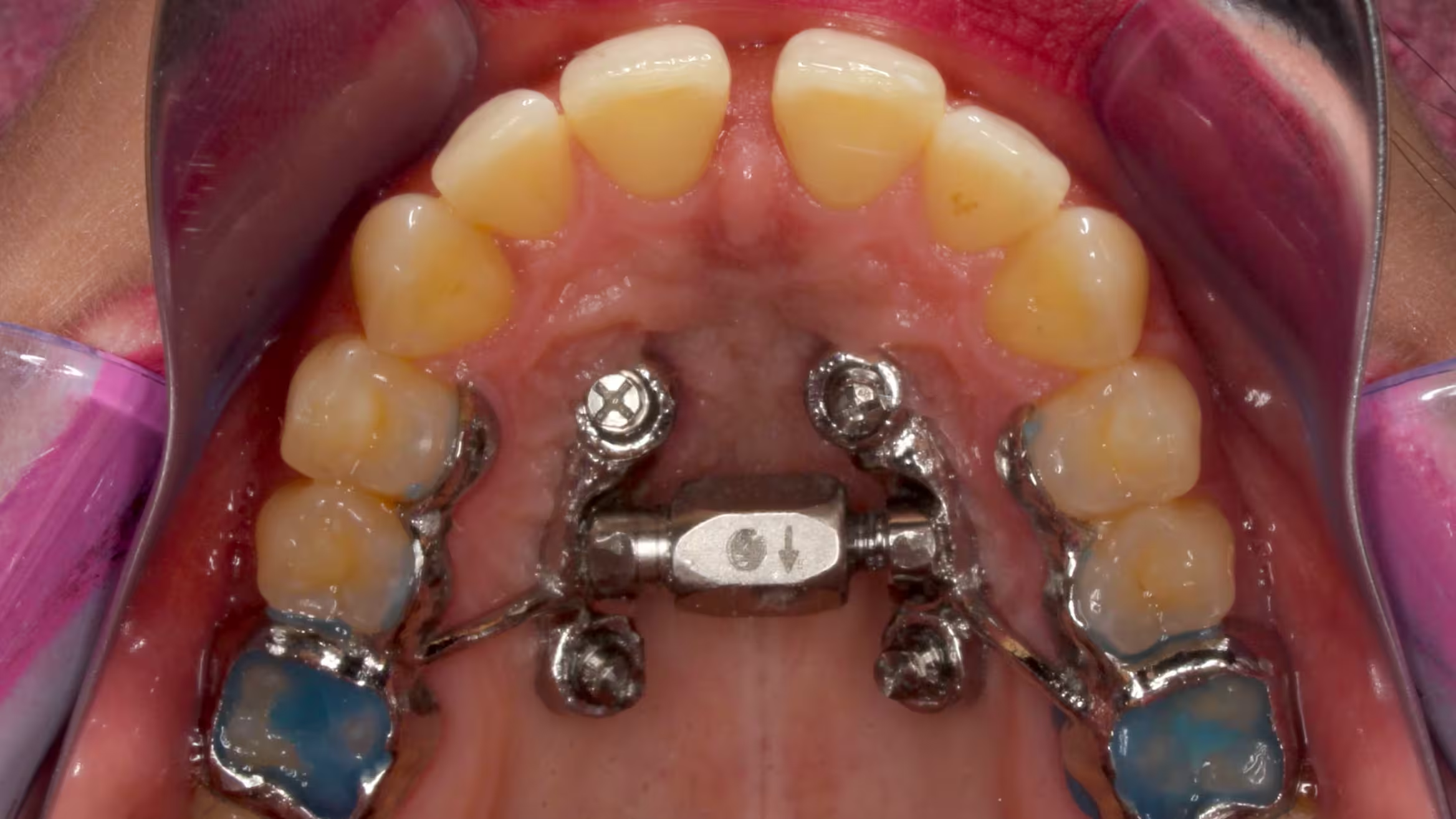
Maxillary compression is a relatively frequent problem seen in our daily practice. This osseodental discrepancy presented by the patient can be treated in the following ways
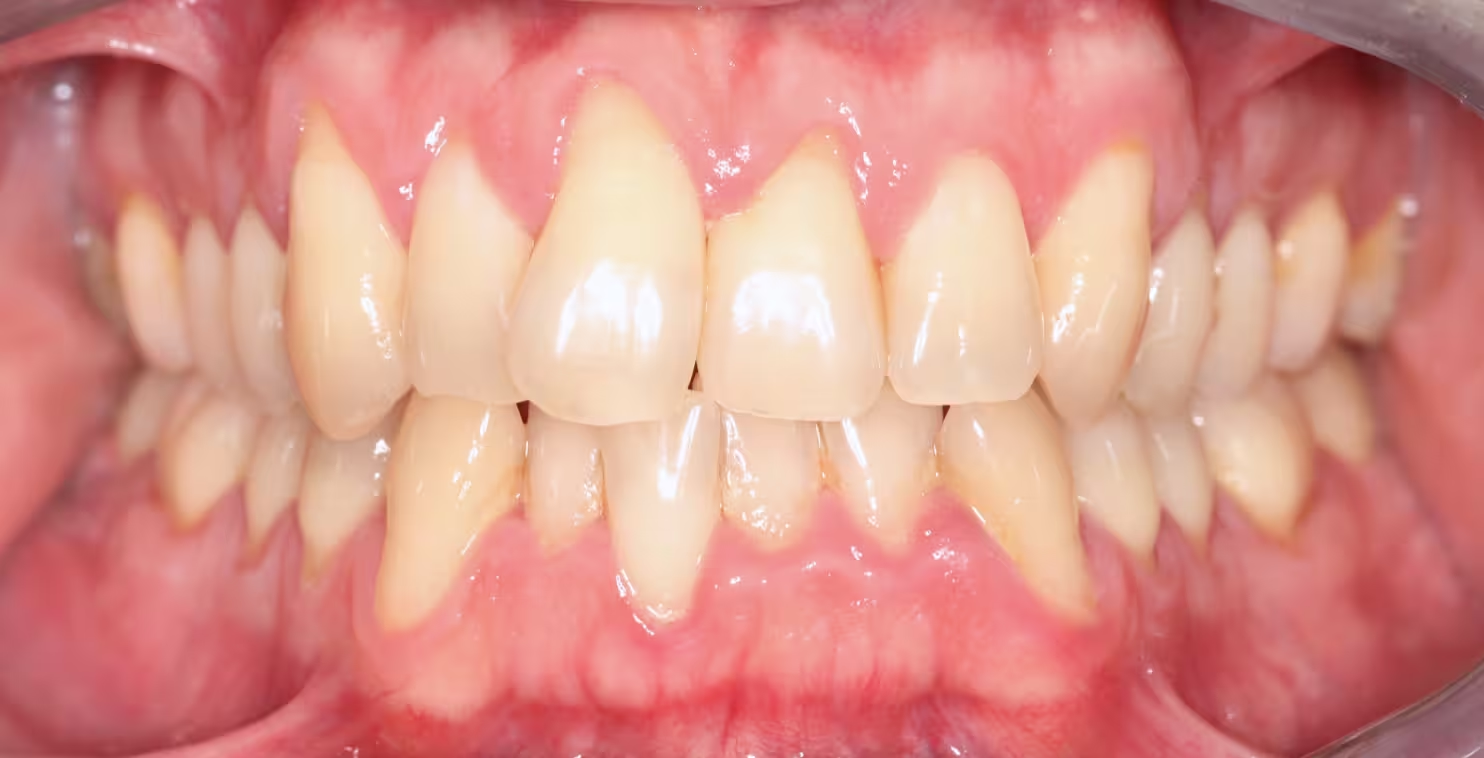
With the increase of adult patients in our practices, it is common to see cases with diminished bone support or even patients who have been treated with